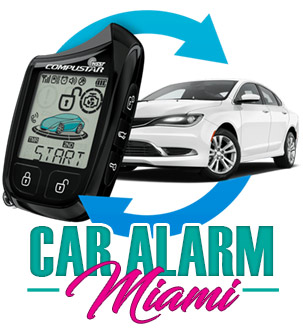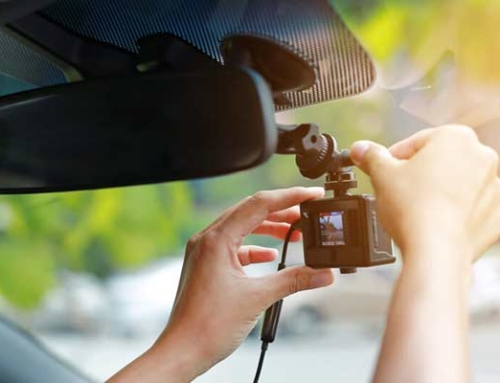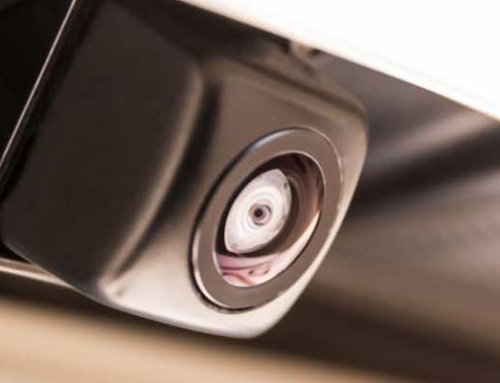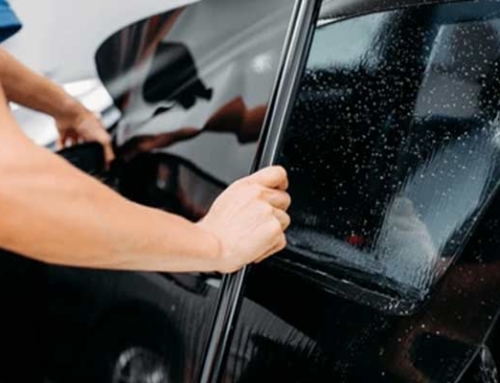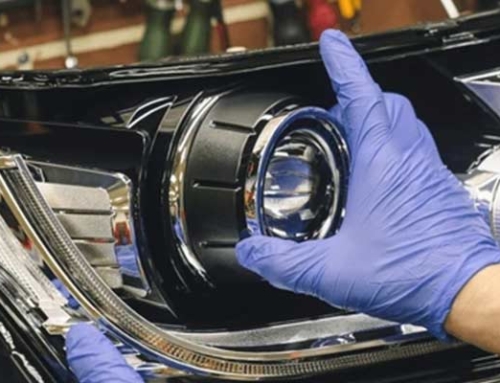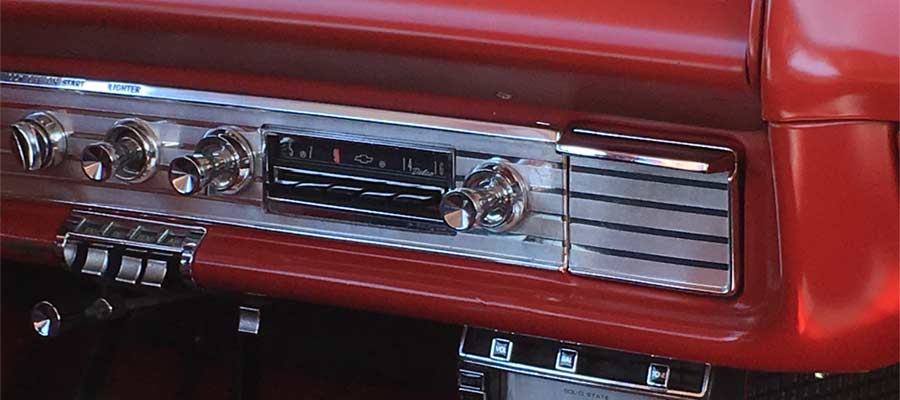
Driving can be relaxing, especially with the perfect music playing. But if your car stereo isn’t giving you the sound quality you want, you might enjoy your tunes less than you could. The good news is that you can do many things to make your old car stereo sound better and make your driving playlist even more enjoyable.
8 Steps to make my old car stereo sound better
1. Assessing Your Current Setup
Before you start upgrading your car stereo, you’ll need to take a good look at how it’s performing right now. Listen closely for distortion, unclear sound, or uneven volume levels. By figuring out what’s not working well, you can decide which upgrades will make the most difference and how to fix them.
2. Clean Your System
Cleaning your car stereo system might not seem like a big deal, but it can make a difference in how it sounds. Dust and dirt can build up in your speakers and connections, messing with the sound quality. Compressed air can gently blow away dust from speaker grills and connectors. Also, could you clean your CDs and audio cables to keep the signal strong and clear? It’s a simple way to boost your car stereo without spending any money on upgrades.
3. Upgrade Your Speakers
Getting new speakers is one of the best ways to improve your car stereo system. If your current ones are old or worn out, they might not give you the best sound. When looking for new speakers, get ones that fit your car’s specifications and consider power handling and sensitivity. Upgrading to better-quality speakers can make a big difference in how clear the vocals are, how deep the bass sounds, and how good the sound is in your car.
4. Install a Subwoofer
If you feel your car stereo needs more bass, add a subwoofer. Subwoofers are made to handle low-frequency sounds, which can amp up the depth and richness of your music. When picking out a subwoofer, get one that fits well in your car and matches the power output of your amplifier. Installing it correctly is essential to get the best bass performance without taking up too much space in your trunk or messing with your car’s appearance.
5. Amplify Your Sound
An amplifier to your car stereo system can increase your sound’s power and clarity. Amplifiers boost the strength of your audio signals, which helps reduce distortion and makes your music sound cleaner even when you crank up the volume. When choosing an amplifier, think about how much power it puts out, how many channels it has, and whether it works with your current setup. It’s essential to match the amplifier’s power rating to your speakers so you don’t accidentally damage them and your sound stays balanced across all frequencies.
6. Upgrade Your Head Unit
Your car’s head unit is like the brains of your stereo system, controlling everything from what music plays to how you connect your devices. Getting a new, modern head unit can open up many cool features, like Bluetooth so you can wirelessly play music from your phone, USB inputs for plugging in your devices, and built-in equalizers to tweak the sound just how you like it. Look for head units with high-quality digital-to-analog converters (DACs) to ensure your music sounds its best. And make sure to pick one with an easy-to-use interface and controls so you can navigate through your music and settings without hassle.
7. Utilize Sound Deadening Materials
It can be hard to enjoy your music if you’re dealing with a lot of road noise and vibrations in your older car. But there’s a solution: sound-deadening materials. These include things like acoustic foam and vibration-dampening mats. Putting these materials in your car doors, floor, and trunk can reduce outside noise and make your music sound clearer. It creates a quieter space inside your car to hear your speakers at their best.
8. Fine-Tune Your Equalizer Settings
Many car stereos have built-in equalizer settings that let you tweak how different frequencies sound. You can use these settings to customize the sound and your car’s acoustics. Try out different presets or adjust the bass, midrange, and treble levels until you get the sound right. It’s a great way to ensure your music sounds exactly how you want it to while on the road.
Conclusion
Improving the sound of your old car stereo system doesn’t have to be complicated. Please follow our tips, like getting new speakers, adding a subwoofer, or adjusting your equalizer settings. Each step brings you closer to making your car’s audio system sound amazing. So turn up the volume, head out on the road, and enjoy the ride with excellent sound quality right at your fingertips.
FAQs
- Can I improve my car’s sound quality without replacing the stereo?
Yes, cleaning your system, upgrading speakers, and installing sound-deadening materials can significantly enhance good quality without replacing the entire system.
- Will upgrading my car’s speakers make a noticeable difference?
Yes, upgrading speakers can improve clarity, bass response, and overall sound quality, providing a noticeable improvement in your car’s audio performance.
- How difficult is it to install a subwoofer in my car?
Installing a subwoofer can vary in difficulty depending on your car’s make and model. However, proper instructions and tools make it achievable for most DIY enthusiasts.
- Do I need to upgrade my car’s amplifier and speakers?
Upgrading the amplifier is optional but recommended for optimal performance, especially if upgrading to higher-quality speakers with more excellent power handling capabilities.
- Can sound-deadening materials eliminate all road noise in my car?
While sound-deadening materials can significantly reduce road noise, they may not eliminate it. However, they can create a quieter interior environment conducive to better sound quality.
